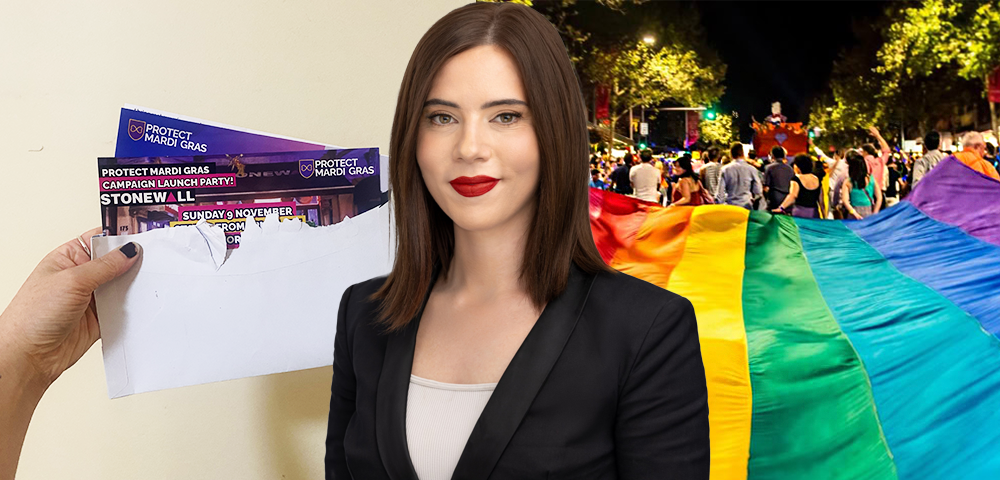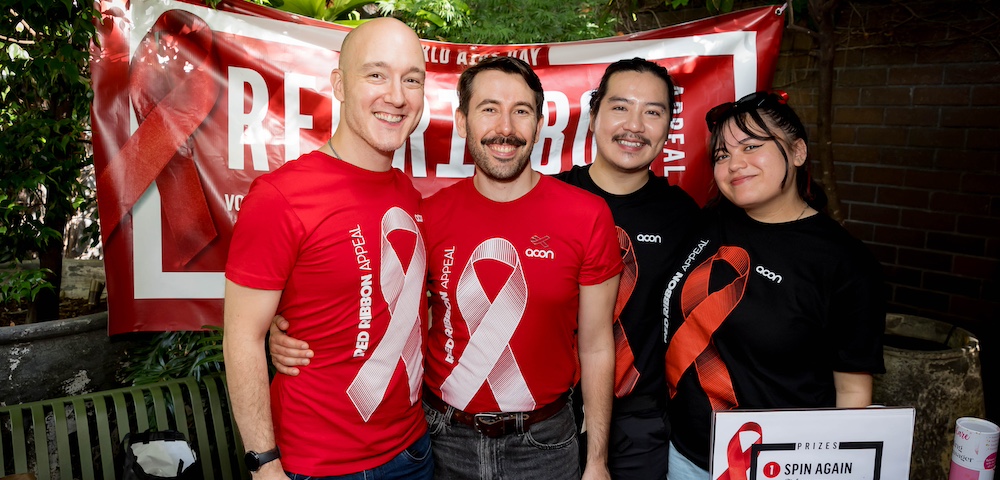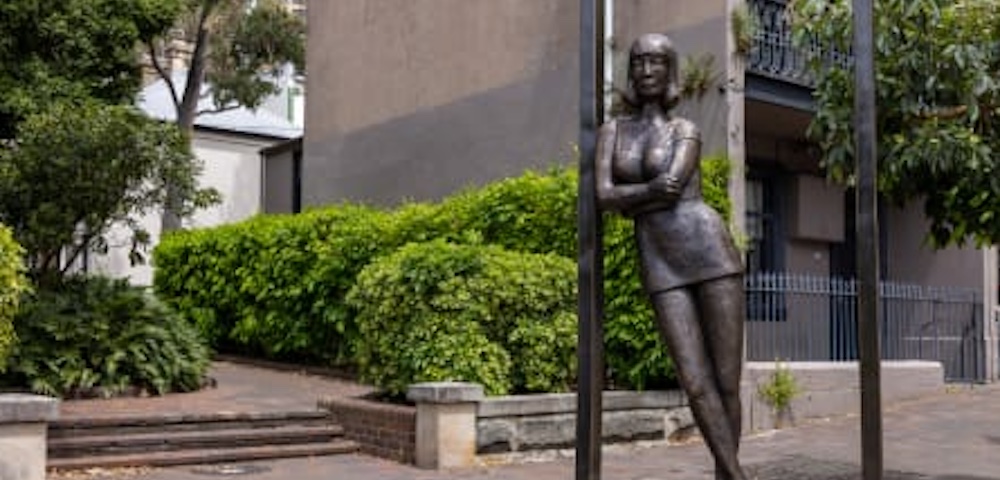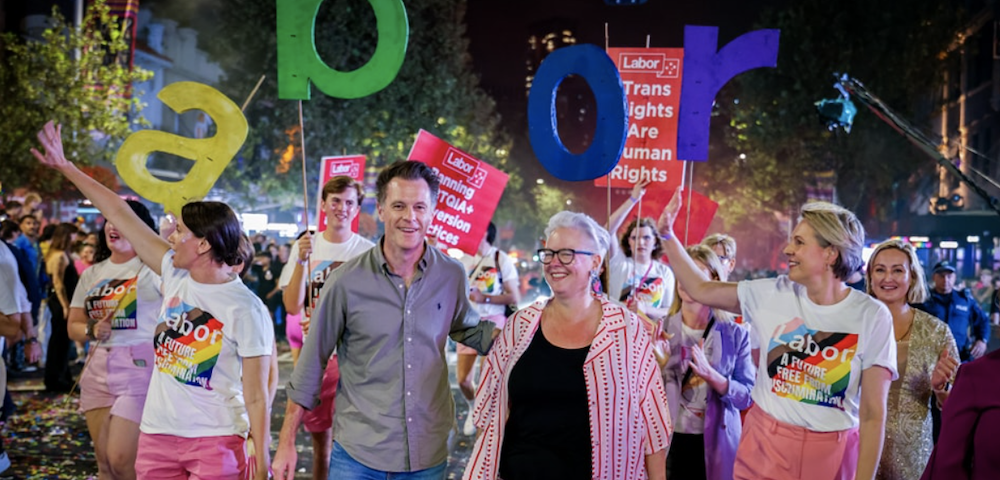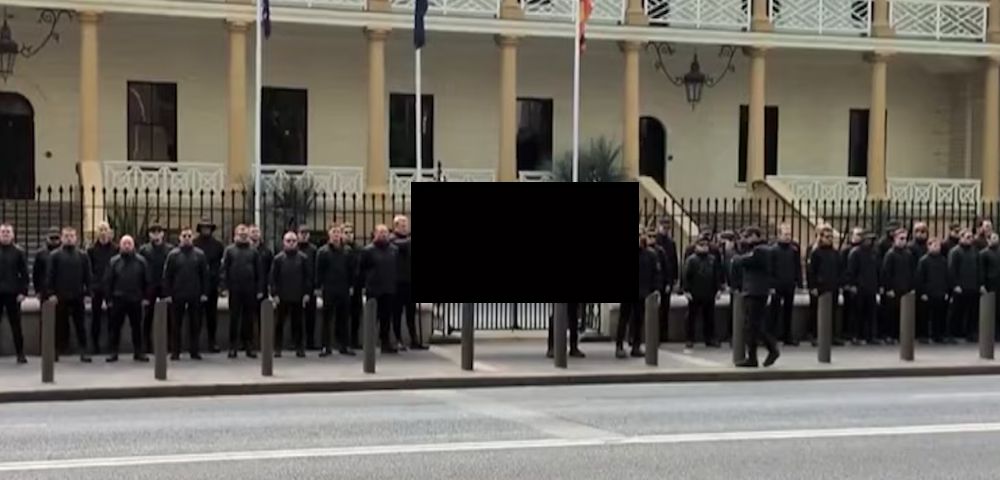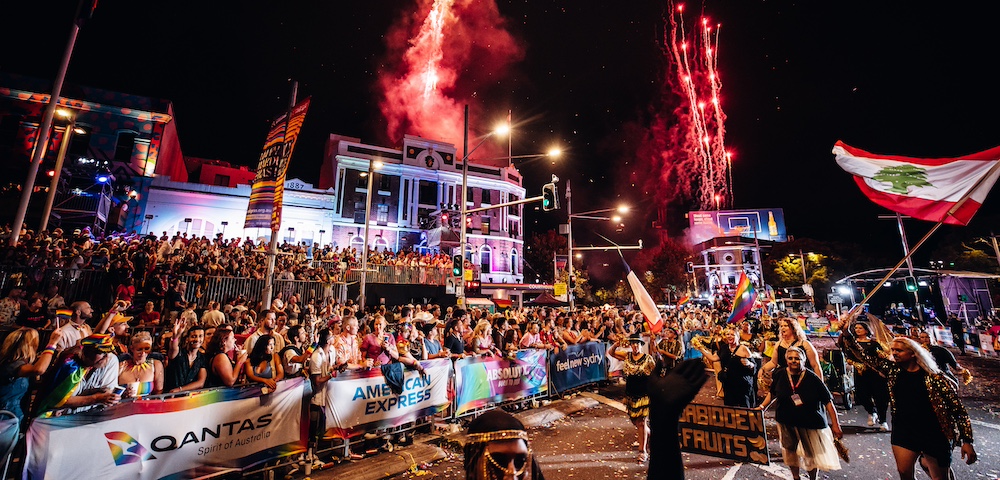
Two decades of hate crimes
Most gay hate murders were committed by teenagers who had not intended to kill their victims, according to a report released this week.
The study Hatred, Murder And Male Honour: Anti-Homosexual Homicides In New South Wales, 1980-2000, published by the Australian Institute of Criminology, was written by Stephen Tomsen and documents 74 gay hate-related homicides over a 20 year period.
Of the cases, 55 have been solved and 19 remain unsolved.
In almost every case the death of the victim was an accidental result of a very violent assault. The report found: A full prior intention to kill a homosexual victim was apparent in only a small number of the cases studied in this research.
And in most cases the victims were many years older than the attackers and worked in a range of professions. Among them were a diplomat, a former mayor, a doctor, dentist, accountant, journalist, businessmen and teachers.
This compared to the majority of attackers, who were mostly schoolboys, unemployed or working in unskilled manual jobs.
The report also found many of the perpetrators used stories of the crimes to impress their friends or reinforce their own masculinity, and often believed their crimes were in keeping with mainstream hatred of homosexuality.
Suspects and perpetrators in both unsolved and solved cases have made vague claims that they were guarding against the public danger of sexual attacks on children, the report found.
Tomsen wrote the level of brutality involved in these 74 cases, as well as the percentage of homicides caused by strangers and the youth of most of the perpetrators, differed from a similar number of murders in the wider community.
Brad Gray from the Anti-Violence Project said the results of the study were consistent with the AVP’s findings from the early 1990s.
The level of violence related to hate crimes is so much higher -“ it’s not just your normal assault on the street. It’s motivated by something a lot deeper, Gray said.
Gray said despite decades of hate crimes, he did not think the gay and lesbian community had become more aware of, or active against hate-related crimes.
Back in the early 1990s there was a feeling in the community that violence was a big issue, he said.
But we’ve come to live with a level of violence in our lives.
A recent gay bashing in Darlinghurst Road was an example, he said. The victim had not wanted to report the crime because he had spent a number of years living in the community without being bashed.
His reaction was, -˜Well, it’s probably my turn,’ Gray said.
Anthony Schembri from the Gay and Lesbian Rights Lobby said he hoped the report would act as a wake-up call for all levels of government.
What’s required for this issue is a whole-of-government response. We need some leadership from the premier -“ in health, in education. There needs to be adequate anti-homophobia training in schools -“ not just public schools but private and Catholic schools as well.
Police need to continue to support the liaison program. If there were 74 people from another community group that had been killed in the past 20 years we’d have a high level special police task force looking into it. Seventy-four men in 20 years is a huge number, he said.




